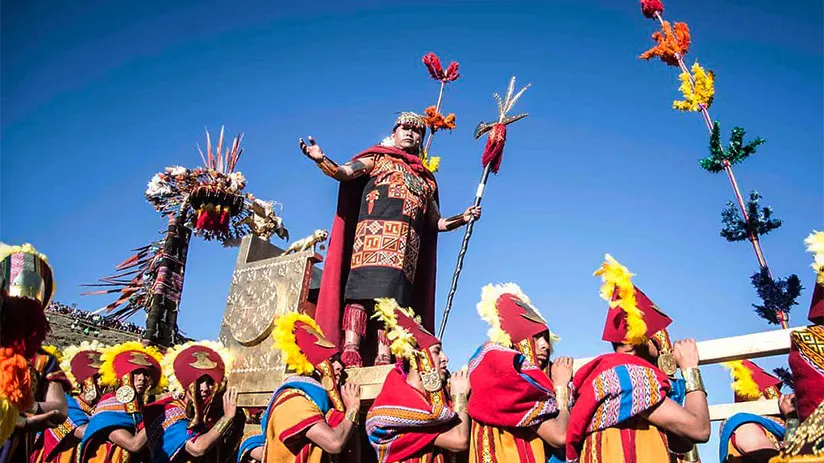Knowing that they did not have coins to make transactions, or they didn’t know the wheel, or that most of them were vegetarian are some interesting facts about the Incas!
However, studies about them are not enough and some recent research raises more questions than it answers. This is because the Incas were a civilization that did not have a writing system. They did not keep records of their activities and traditions.
While it is true that the Quipus were their ingenious recording system, their non-numerical decipherment always supported oral tradition. Information passed mouth-to-mouth and which offers no guarantee of verisimilitude over the years.
However, there were the Spanish chroniclers. They were scribes who came with the conquistadors to record everything they saw of a new civilization. Much of the information we have about the Incas is through them.
Thus, the experts of Machu Travel Peru bring you the 15 interesting verified facts about the Incas, to know better the history of the land that you are coming to visit.
Know these 15 most interesting facts about the greatest American civilization, the Incas
- Is it written in Inca or Inka?
- The Incas didn’t leave a writing system
- Inca, appellative only for the king
- The Spanish called them Orejones (long-eared)
- Advanced cranial surgeries for the time
- No coins, better barter
- Ayni, the service as a payment method
- They didn’t know the wheel, but did the llamas
- 30,000 miles of well-affirmed paths like the Romans
- Chasquis, the Inca messenger system
- Incas majority were vegetarian
- They never cared about famine
- Three world levels in their belief
- Their buildings were aligned with their worldview
- Today, some live Inca style
1. Is it written in Inca or Inka?
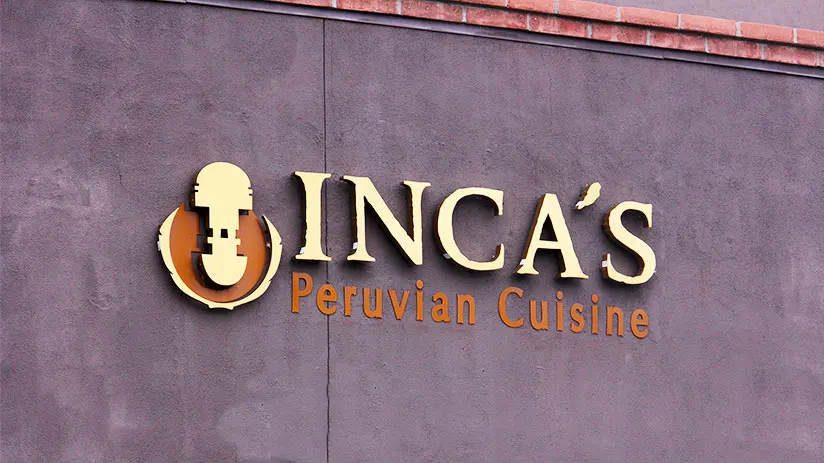
Despite many English translations (from Spanish chronicles and studies) writing with k the appellative Inka, this is a mistake. The first descriptions of this fascinating civilization were in the Spanish language.
It is due to the nationality of the conquerors. Therefore, they used the letter C instead of K. In this form, the word “Inca” is more accepted than “Inka” in the academic world.
This is because the Incas didn’t have a writing system. Of course, we have exceptions, like the Machu Picchu mean; the word is clearly identifiable: old mountain. But, in the case of the word “Inca”, we could have some confusion.
2. The Incas didn’t leave a writing system
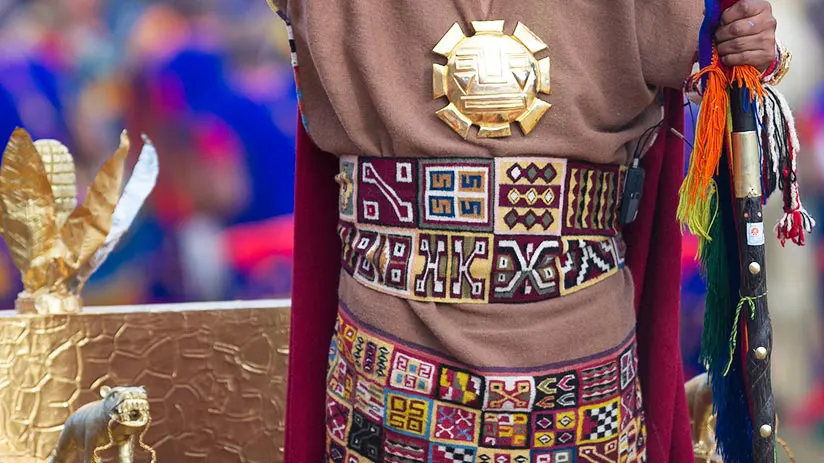
Despite their notable technological advances in agriculture, architecture, and administration. Thus, the Incas didn’t have time to achieve the same advances in other camps, like writing. It is strange that they didn’t have a written language, despite having an elaborate speaking language like the “Quechua”.
But, without the writing, how could they manage and register the number of food reserves, population, and offerings or transmit legends and tales to the next generations? Well, they had two forms to do it: the Khipus and the Tocapus.
The Khipus were string gear where knots were made. Each knot meant a determined quantity. This was useful to keep accounting for food reserves, the army, and the population, among others. Instead, the Tocapus were signs and symbols woven into blankets that every Inca ruler wore.
Currently, these symbols and facts about the Incas are still being studied. The scientific community is still debating whether these Tocapus were a kind of writing or simply Inca heraldry.
3. Inca, appellative only for the king
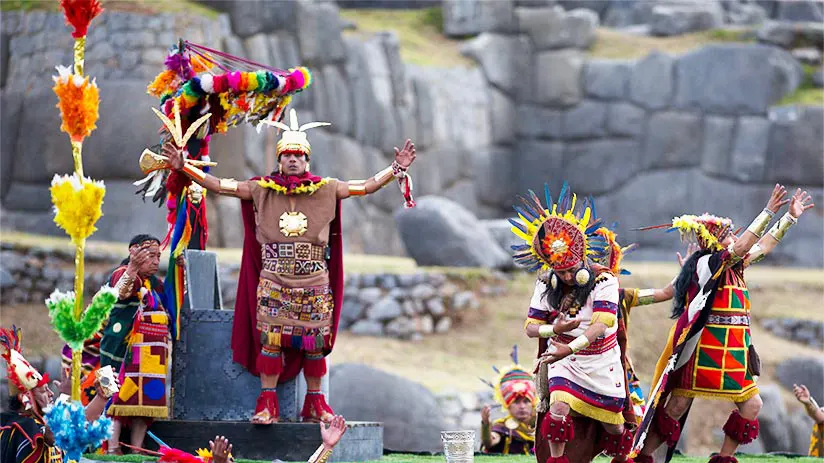
The “Inca” appellative was used to identify only the Sovereign. The rest inhabitants were called “Qosqorunas” by the capital of the empire, Qosqo (Cusco in Spanish language)
We should remember that the Incas respected the religion and the names of the towns and lands that they conquered. They only imposed them on the cult of the Sun-god (Inti), some tributes, and required their best prospects to serve in Cusco.
4. The Spanish called them Orejones (long-eared)
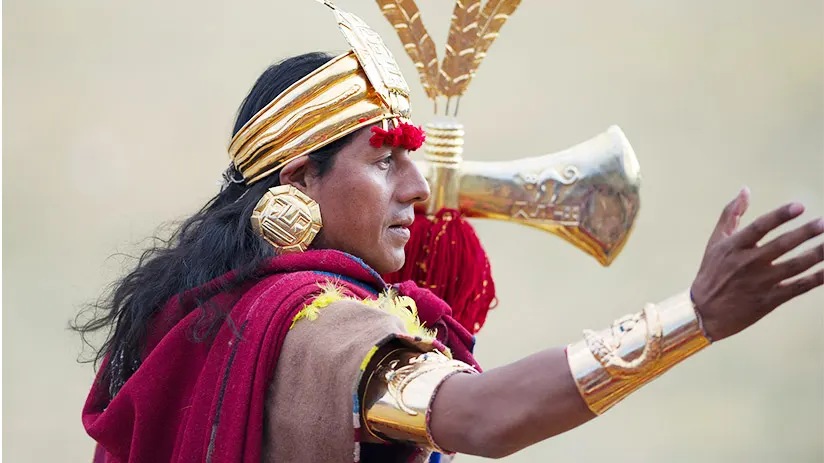
It was usual among Inca high-class people, including the Sovereign, to wear gold and silver earrings with Sun form. These were similar to little dishes that hung from their ears. Precisely, their ears were large due to the gravity of the metal earrings hanging from them.
Long-eared persons, the European people called them. And they were one of the first things the Europeans noticed when they arrived in Tawantinsuyo. Specifically, when seven thousand Incas were killed in Cajamarca by the conquistadors and their greed.
5. Advanced cranial surgeries for the time
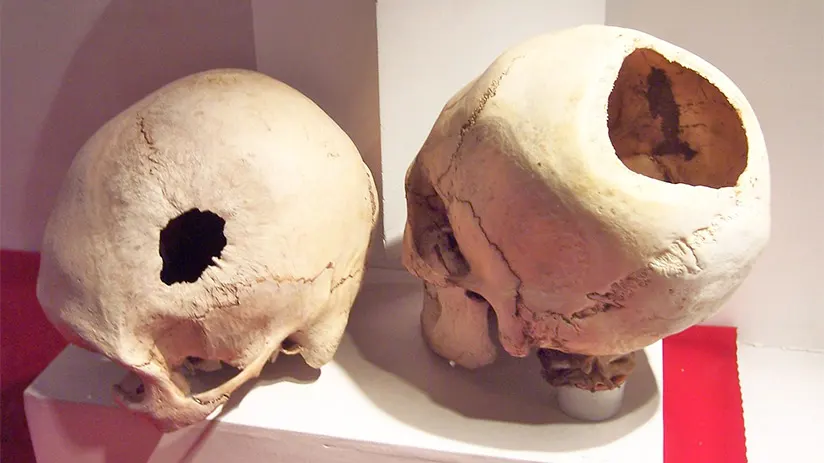
The Inca civilization was the result of the rise and decadence of many pre-Inca cultures that preceded them. All of them were developed in the current Peru territory. We are talking about Caral, Chavin, Paracas, Nazca, and Wari, among others.
Especially the Paracas culture, they were the first to practice this kind of ancient craniotomy (300 B.C and 200 A.C). They used instruments of gold and silver alloy, cotton, and bandages, including gauze, making small holes in the skull and keeping the area disinfected from contaminants. This shows advances in high knowledge in cranial surgery for the time that the Incas had.
Of course, the Incas, who conquered these cultures, acquired this knowledge, successfully implementing them. Besides the customs of Human Sacrifices. By the way, further studies even claim that the owners of these skulls survived the trephinations and lived normal lives until old age, incredible!
6. No coins, better barter
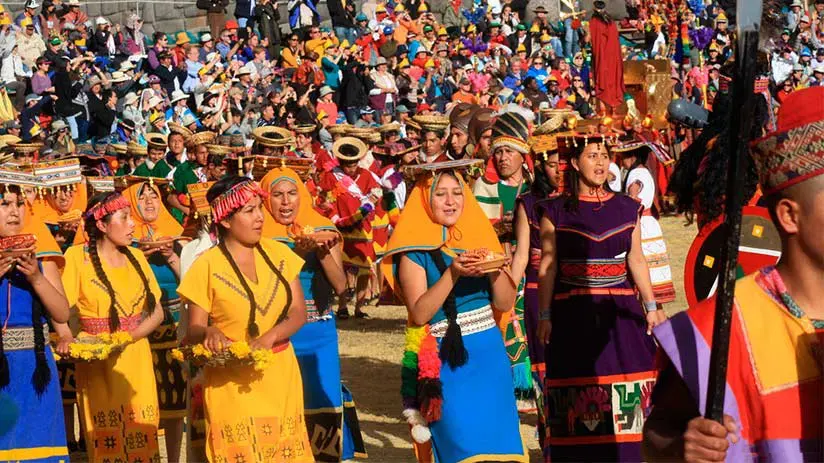
It’s not a secret that the Inca civilization didn’t know the coin. Despite using gold and silver to make offerings (sculptures), they never thought to use them in the production of coins to make transactions.
This fact shows us the religious, even health, and importance that the Incas gave to the precious minerals, very far from earthly and everyday affairs like transactions or the buying and selling of something.
Instead of coins, they preferred barter, a form of interchange of products, corn for potatoes, kiwicha for legumes, llamas for alpacas, all equitable, without the intervention of precious minerals that only were destined to the god adoration, health topics, and the use in the jewelry of high-class people.
7. Ayni, the service as a payment method
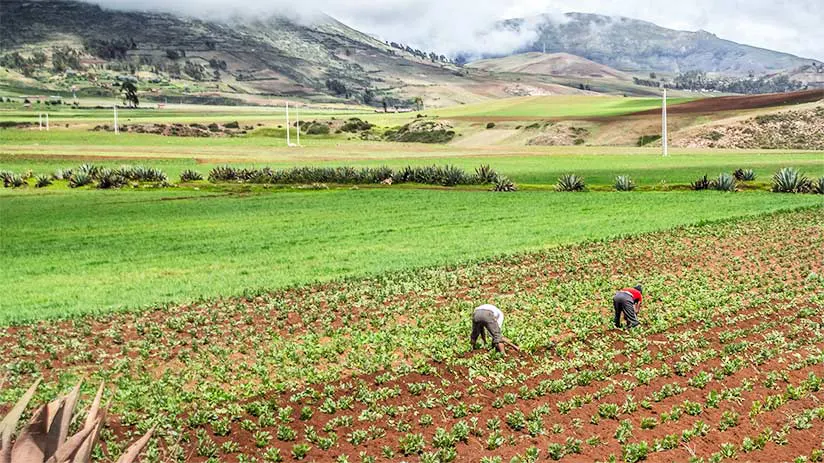
Besides the barter, the other form to acquire a product was providing a service. This method of service barter was called Ayni. You help me build my house, plow my land, cultivate my products, and after, I will help you.
The “word contract” was highly respected in Inca times. Even, the Ayni could be useful to achieve the social goals of a town, community, or even the same empire. In this form, the construction of bridges and other forms of minor construction were carried out.
Of course, the big constructions were exclusive to the Inca sovereign and its architecture.
8. They didn’t know the wheel, but did the llamas
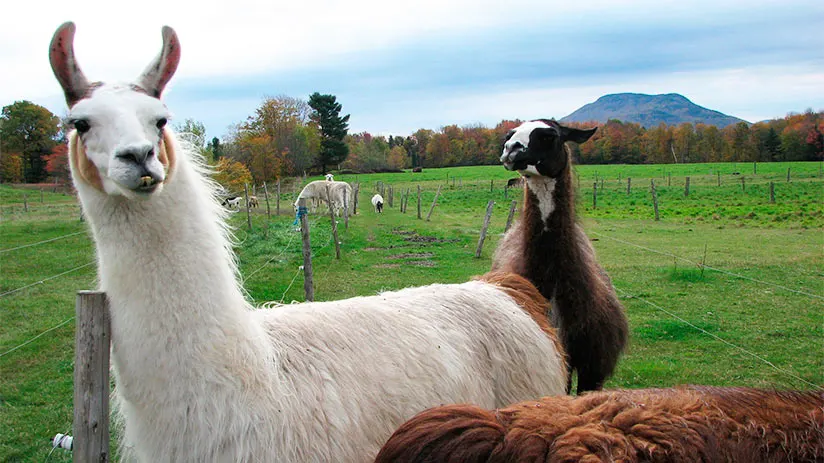
Nowadays, the world’s academics still discuss How the Incas could move giant lithic blocks to build amazing stone structures in the Andean highlands without knowing the wheel.
Of course, many theories appear, but the most accepted is the oiled log method. This is in the case of construction. The Incas put lubricated trunks under the giant lithic blocks, which were pulled from the quarry to the same construction site.
In daily life, things were easier; Incas used llamas as animals of burden to transport their products because these camelids proved to be stronger and more resistant than their cousins, the alpacas or vicuñas.
By the way, one of the most interesting things to do in Machu Picchu is to see the lamas take a walk in the same citadel and imagine how they were able to carry heavy loads. If you see a Machu Picchu travel guide, you’ll note of this fact.
9. 30,000 miles of well-affirmed paths like the Romans
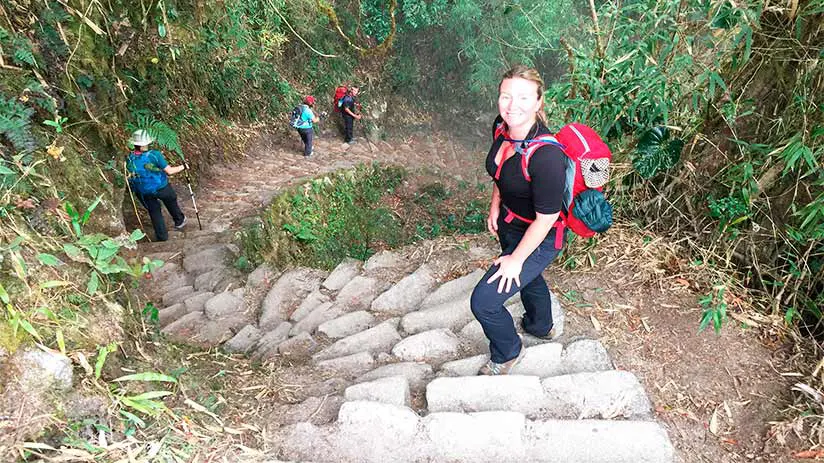
The network of Inca roads was so fascinating that scholars compared them with the Roman road system. We have to take into consideration that the geography of Tawantinsuyo is one of the most rugged in the world. It passes by the Andean range of mountains, snow-capped mountains, ravines, valleys, coasts, and jungle, to mention some natural environments. Not in vain; the Incas were known for their constructions.
In this form, the Inca road network had to be well signed and built and should pass by safety zones of firm ground. Well, the Incas achieved it. With more than 30,000 miles of paths throughout 2,500,000 square kilometers. From the west of current Colombia and north of Ecuador to the middle of Chile.
Nowadays, this network of Inca roads has been revalued by the Peruvian government, putting them in value, the program is called “Qapac Ñam” and its most famous example is the Inca Trail.
10. Chasquis, the Inca messenger system
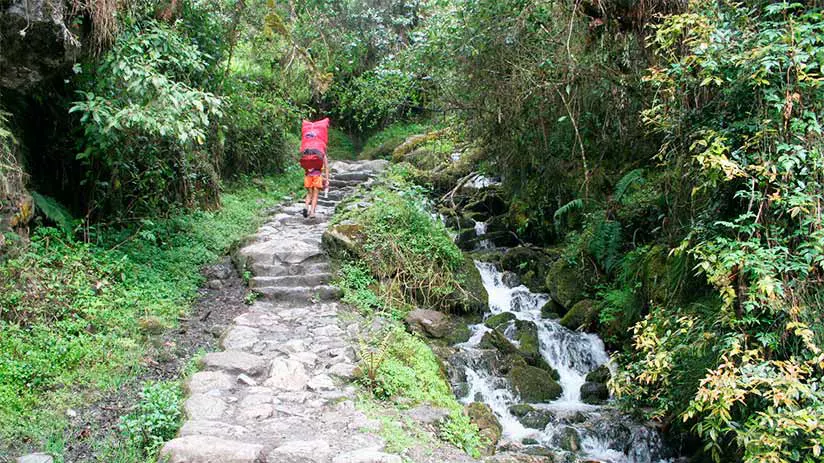
When the first chroniclers saw the Inca sovereign eat fresh fish during the Spanish conquest, staying more than 700 kilometers away from the beach, they were surprised. How was this possible? Maybe because of the efficient messenger system that they implemented with an important agent, the Chasqui.
The Chasquis were messengers situated at strategic points throughout all Qapac Ñam (Network of Inca paths). Once they received a message, they quickly covered great distances to give it to another Chasqui, who would do the same until they gave the message to the right person.
If the night came before, they spent the night in Tambos. Tambos were stored where provisions of corn, dried meat, and potatoes were kept for times of famine.
Also, they always live in pairs, while one slept, the other traveled. For example, one of the most interesting Machu Picchu facts was that a message could travel from Cusco to the Citadel in less than one day!
11. Incas majority were vegetarian
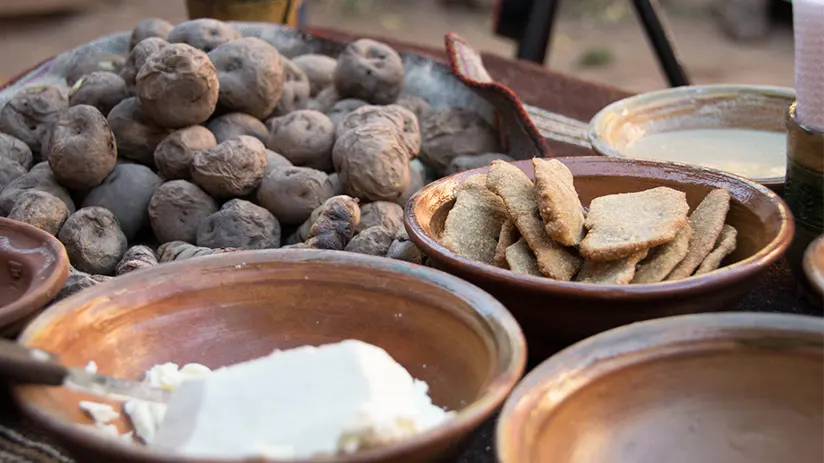
If Cusco was the political and religious capital of Tawantinsuyo, the Sacred Valley was their resting and producing zone. This valley, located to the north of Cusco, had fertile lands, in addition to a good climate and beautiful landscapes. The Incas grew many types of crops. Among them, we can mention corn, quinoa, tomatoes, kiwicha, potatoes, and legumes.
Therefore, it is no wonder that the main daily food that the Incas ate was vegetables and Andean cereals. Only on special occasions and a few times during the year could they eat the meat of Cuy or Guinea pig and the Cecina (dried meat).
Of course, we are talking about the diet of the middle class because the upper class could eat meat constantly. They could eat not only Cuy but also Cecina and Alpaca meat for more periods during the year.
The low and middle-class inhabitants could reach a height of 1.50 to 1.60 meters, while women reached 1.40 to 1.50 meters. The nobility could reach from 1.67 to 1.80 meters. This shows the importance of nutrition at an early age.
12. They never cared about famine
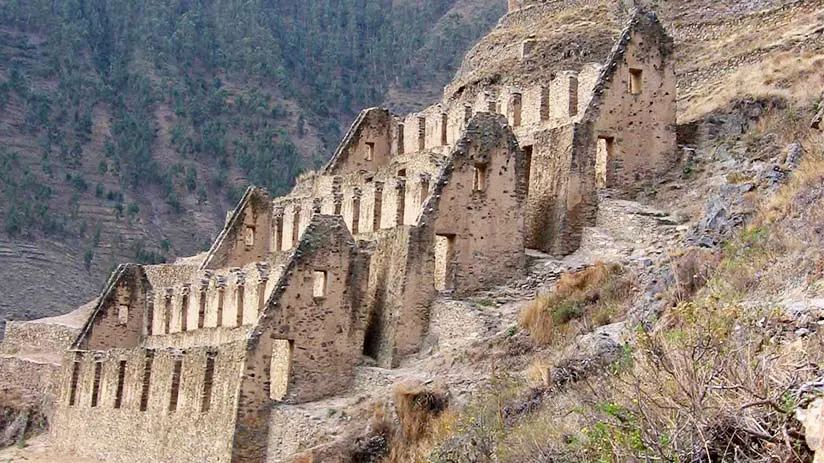
It is recorded that the Incas suffered from periodic natural disasters like the El Niño phenomenon. Natural disasters that could devastate fields of crops.
For this reason, the Incas were cautious and built Tambos, storage where potatoes, corn, chuño or dehydrated potatoes, and dried meat, among others. These were situated in the highlands zones of hills and mountains to conserve a range of optimal temperatures (around 0ºC). Therefore, in the case of famines, they could be supplied from the food kept in them for at least 4 months.
For this reason, if you are wondering Where is Machu Picchu located? You will see that the citadel is situated on the top of a mountain of the same name, Machu Picchu. Close to the mountain summit, taking into consideration that the Inca’s citadel had Tambos to preserve the food of its population. This is one of the facts about Machu Picchu that almost no one knows about.
13. Three world levels in their belief
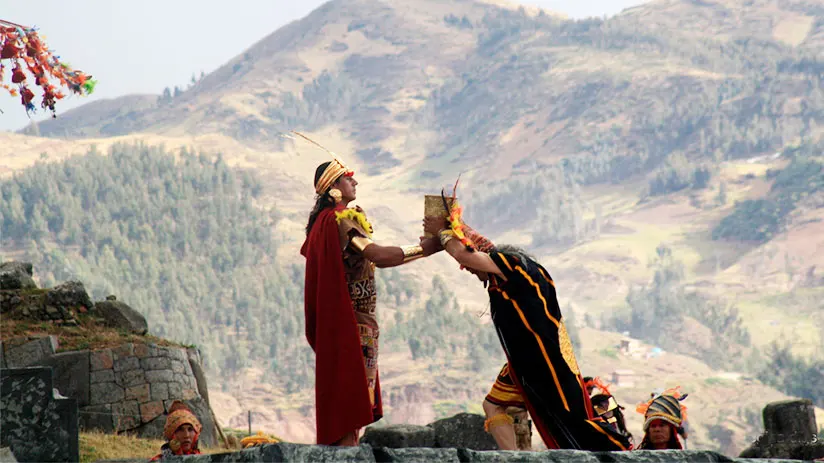
The Incas, who were polytheists, had the Sun as the main deity and another one, more powerful, the creator of everything, like Wiracocha, as a secondary god.
Also, they worshiped deities of nature, such as lightning, the earth, the moon, and the stars, having duality as the main characteristic of its religion (Everything had to be in pairs, fire, and water, earth and sky, among others).
Concerning the “other life”, the Incas believed in three planes, the Uku Pacha or the underground world, where the dead, mummies, and the unborn resided; caves and any fissure in the earth’s surface were considered its gateway. The Kay Pacha, or “this world”, is where humans inhabit and develop their lives.
And the Hanan Pacha, or the “The heavenly world or above”, where the gods, the Apus (mountain spirits), and the souls of Inca sovereigns resided. It is said that the condor (species of Andean vulture) was the messenger between Hanan Pacha and Kay Pacha.
14. Their buildings were aligned with their worldview
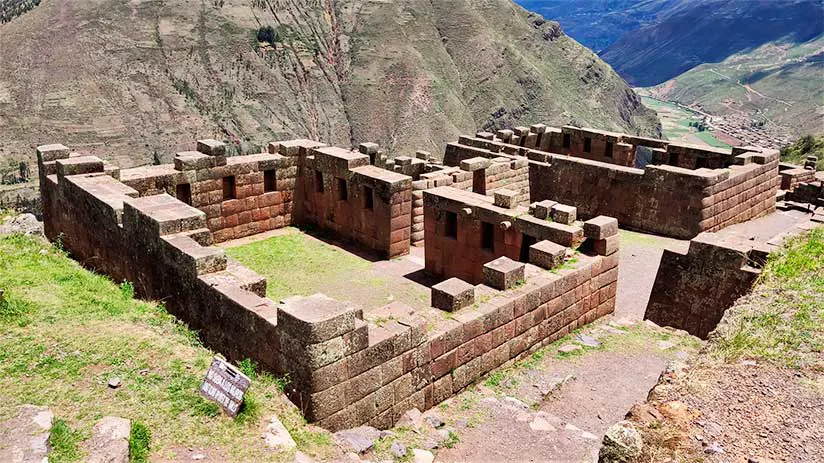
It is no coincidence that all Inca buildings destined for the worship and military fortress have been built close to mountain summits. They wanted to be close to their deities, close to the Hanan Pacha, close to the constellations. In this form, they built their edification in sync with the movements of their deities.
The sun’s movement in the sunrise is in accordance with the disposition of some constellations and in the layout of some of the Inca buildings. This is the case of Ollantaytambo or Machu Picchu.
Because, anyway, they wanted to feel a connection with the world above. Even these days, these facts about the Incas continue to intrigue archaeologists and researchers. The high knowledge of astronomy that they had. This is one of the great unsolved mysteries of Machu Picchu today.
15. Today, some live Inca style
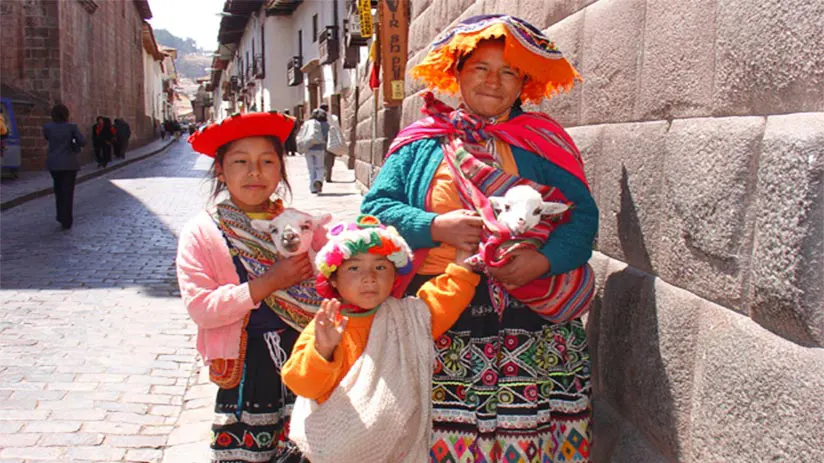
Nowadays, the ancient Tawantinsuyo territory is occupied by the Peruvian Republic. A modern state that reassesses, investigates, and preserves the Inca legacy. In this context, in some zones of Peru Andean, especially in rural zones, the people still speak the ancient language of the Incas, the Quechua.
And, ancient Inca festivities are celebrated like the Andean New Year (June 21), the Inti Raymi, or the festival of the sun (June 24), among others. Before drinking any liquid (beer, juice, Chicha, soda), the locals spill some of that drink on the floor to thank Pachamama (Mother Earth) for that food.
They still make land payments, these are kind of bundles with sweets and offerings that are buried for the Pachamama. For example, they still eat potatoes cooked in a clay block oven made on the same land, called “Huatia”.
“YOU CAN’T CROSS THE SEA MERELY BY STANDING AND STARING AT THE WATER. LET’S TRAVEL”
In conclusion, the facts about the Incas are many, and most of them are still being studied. But, in this article, we selected the most relevant, confirmed, and amazing facts for you. To give interesting information about this culture and prepare you for your next vacation in Peru. We don’t have any doubt that you will want to come to Peru once you finish reading it.
The experts of Machu Travel Peru are waiting to assist you in any doubt. Don’t hesitate to contact us at any moment, we are glad to answer you as soon as possible and answer all your doubts. See you soon in a new opportunity!
